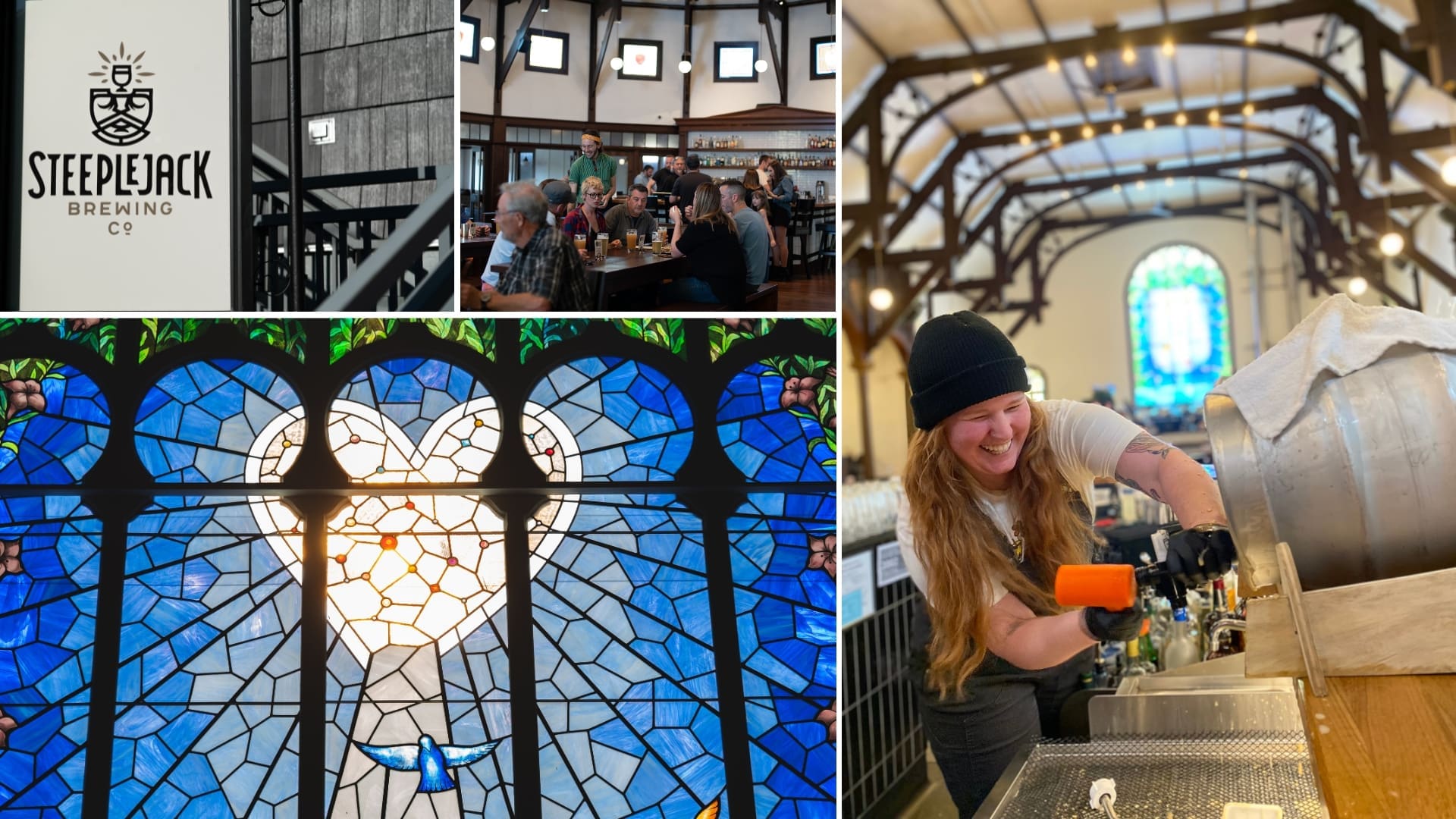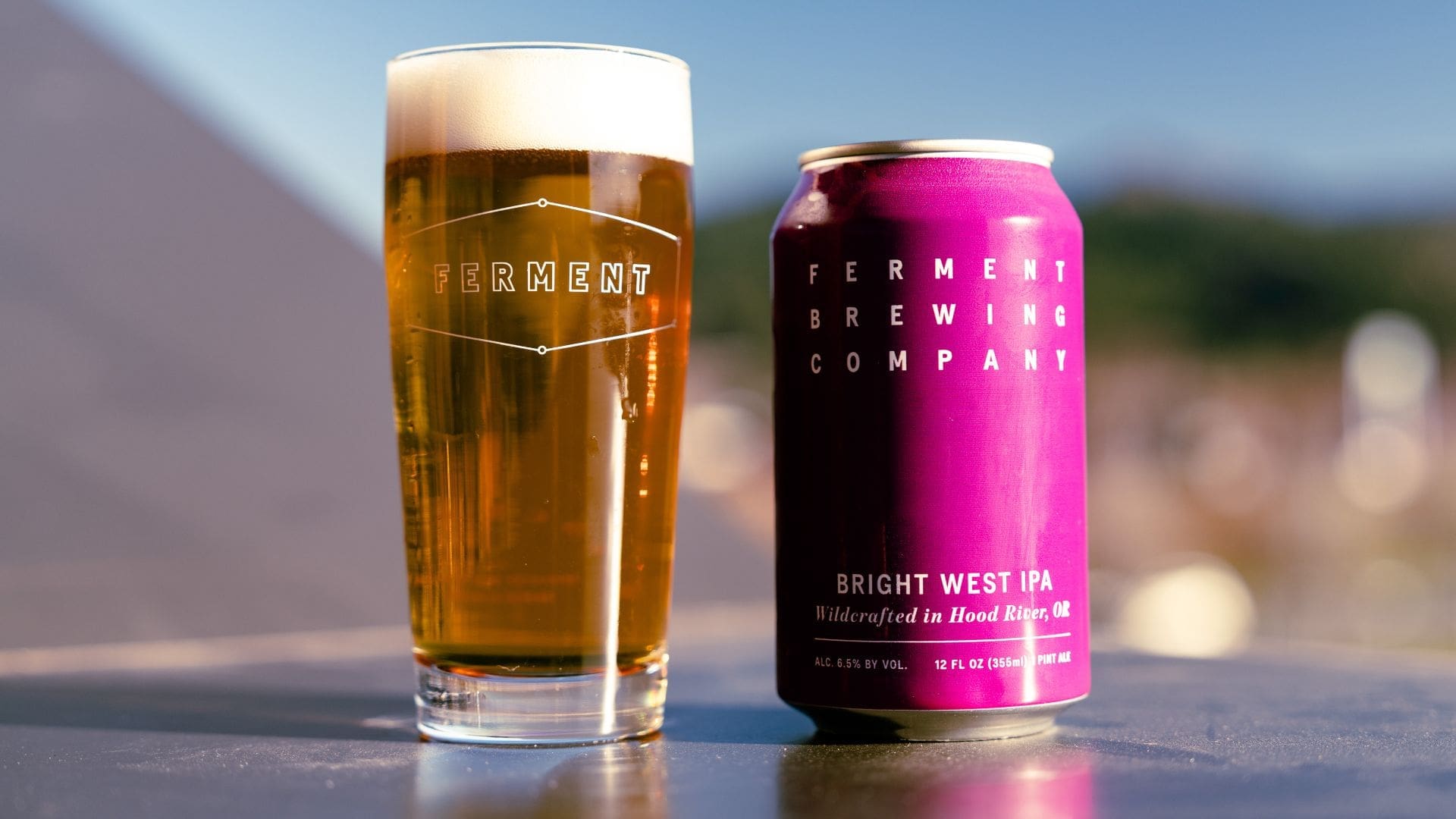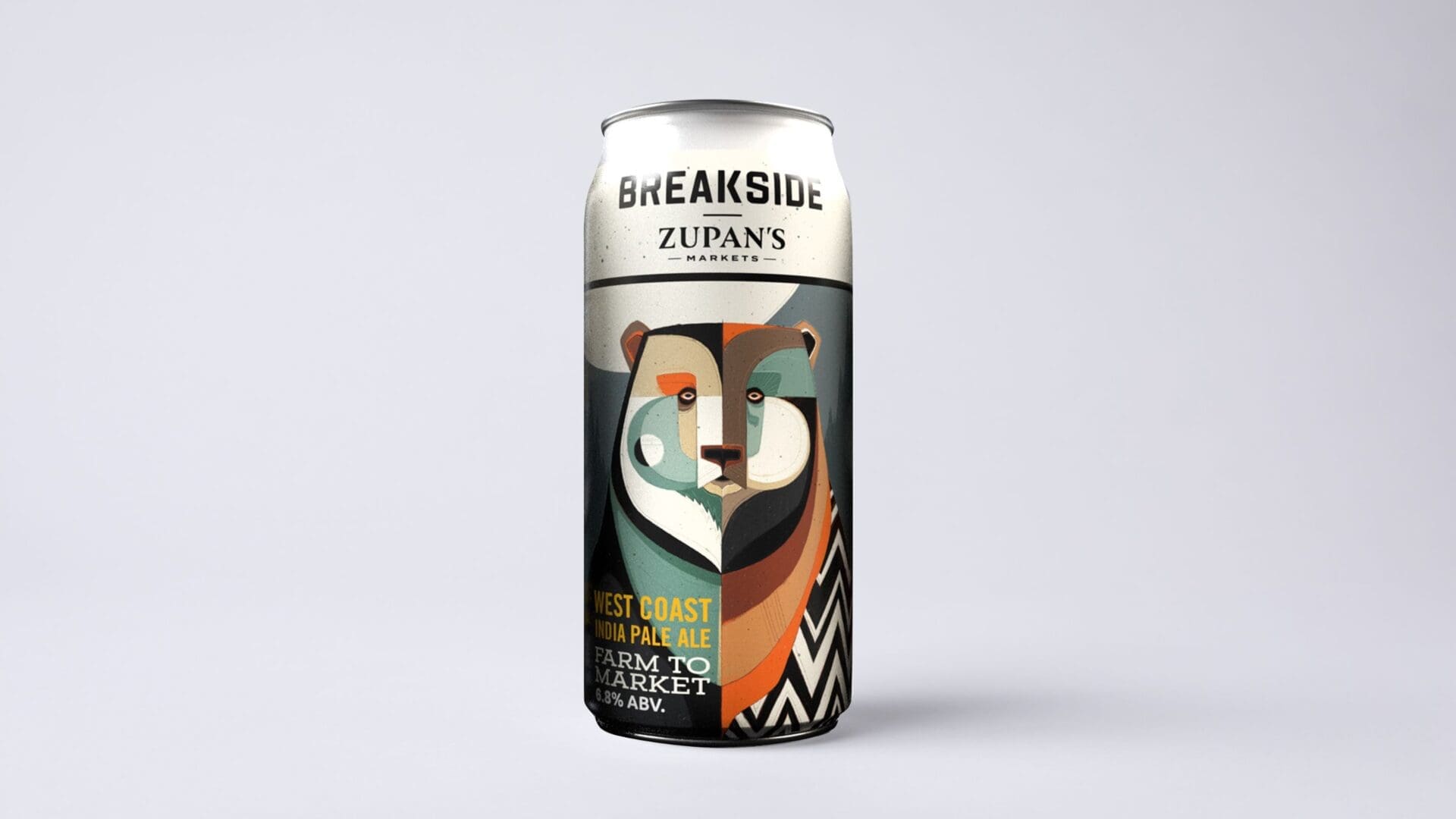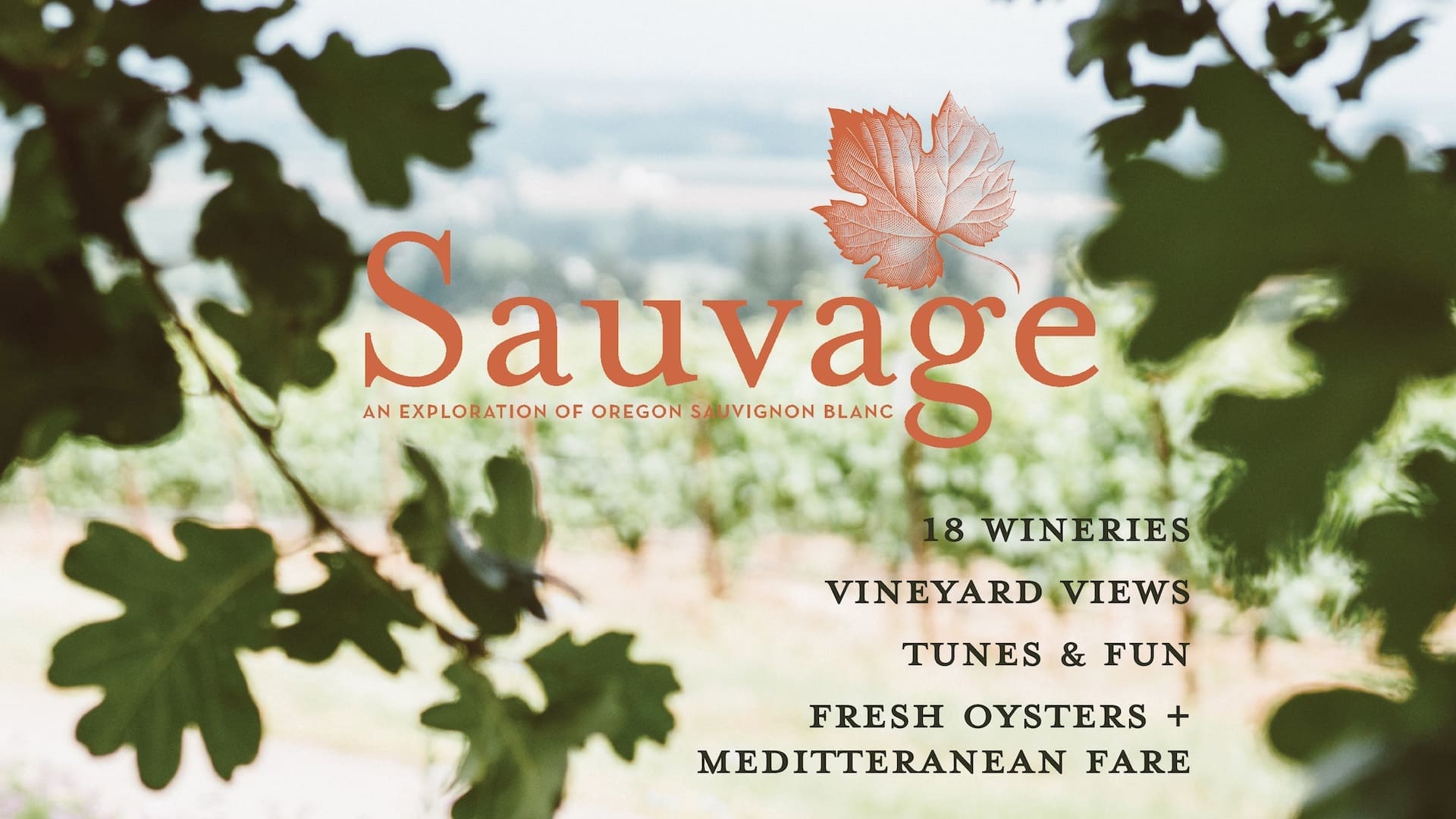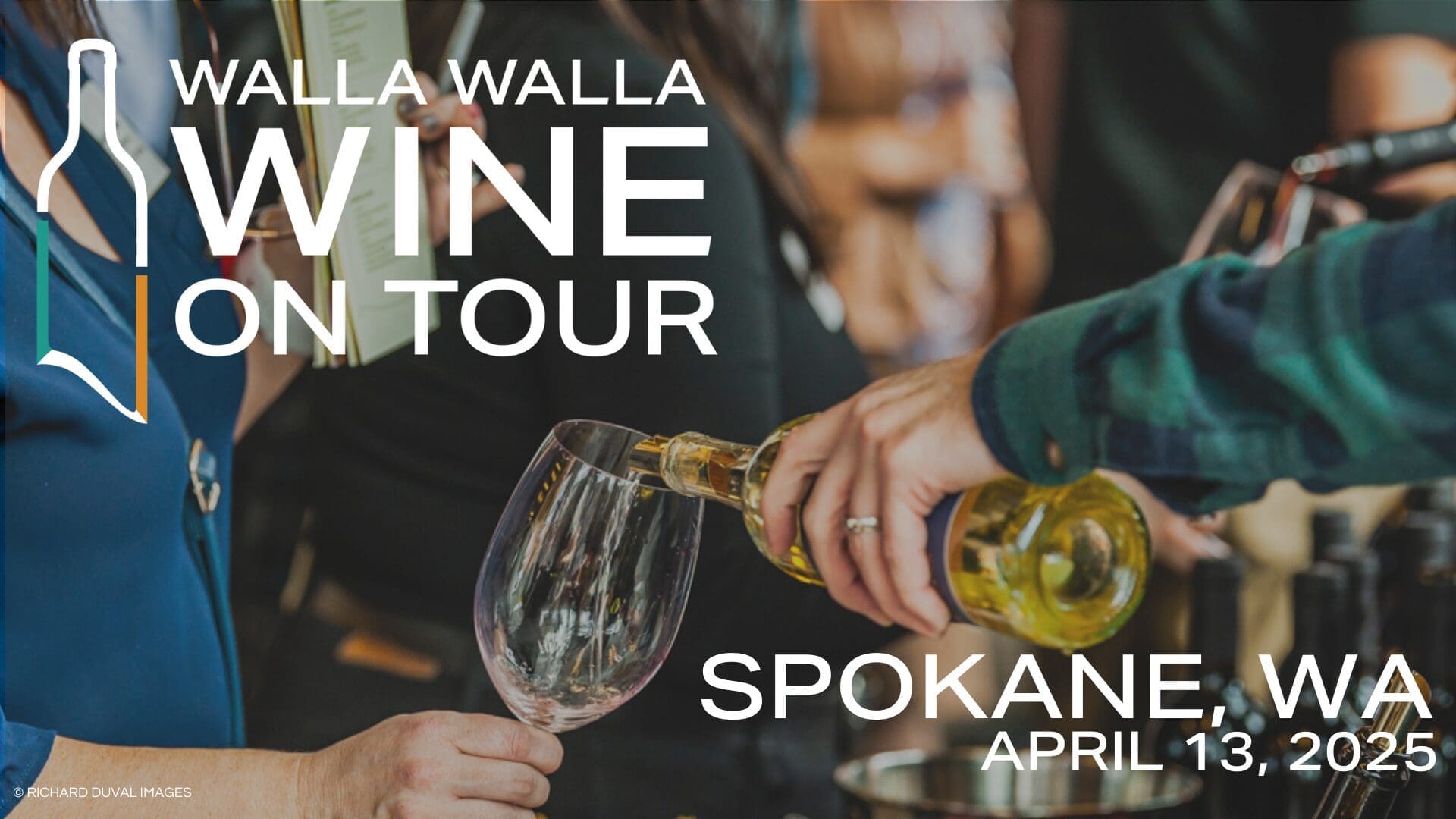4Michael Kuzyk graduated from the University of Victoria in 2000 with a doctorate in microbiology and biochemistry, immediately jumping into a career path befitting his studies. For years, Kuzyk bounced between biotech companies and academic pursuits, never lasting more than three years anywhere, always wondering where his funding would come from, and occasionally sparring with his supervisors. “Science is not really all it’s cracked up to be,” Kuzyk says.
But every Sunday, he’d homebrew, just as he’d done since the 1990s. “I loved it,” he recalls. “It became something I looked forward to every Sunday.”
Kuzyk’s friends encouraged him to open a brewery, but he brushed it off — right up until a business trip brought him to San Diego, California, and into the taproom of Mike Hess Brewing. Kuzyk says the brew system didn’t seem much bigger than what he’d worked with at home, and — coupled with low morale at the software company he worked for at the time — Kuzyk knew he’d found his calling.
So Kuzyk, along with his wife, Karen (the brewery’s co-owner and head of branding), opened Category 12 Brewing in late 2014, and has worked ever since brewing beers that deliver bold takes on conventional styles.
Michael Kuzyk talked with Sip Northwest about the decision to launch Category 12, his background in science, and how he’s evolved after more than 20 years as a brewer.
What inspired you to open Category 12?
Getting Karen on board with beer was big. She was a wine drinker. We’d known each other since 1996, and up until 2010 or 2011, she was still a wine drinker. I’d always ask her to taste my home brews, and she’d say they were too bitter or too hoppy.
And then I came back from a San Diego trip where I’d had a Le Freak from Green Flash Brewing Co., which is a hybrid of a Belgian-Style Trippel with an American Imperial IPA, and I tried to recreate that.
My beer came out nothing like that, but it was this heavily hopped Belgian Trippel, and I gave it to Karen to taste, and she said, “I like this.” And I was like, “Pardon?”
It was higher alcohol, a little more complex yeast-forward beer — so we started going down the Belgian route pretty quickly and figured out that she liked Belgian-influenced beers, and I thought that was pretty interesting.
How does having a doctorate in microbiology and biochemistry influence your approach to brewing?
I really like the geeky science of challenging microbes, like lactobacillus (a type of bacteria that contributes to souring a beer) and brettanomyces (a strain of yeast that ferments beer). Getting brett to grow in the lab, getting brett to propagate, is quite tricky — and fun.
What’s the Category 12 “stamp” that you’re doing unlike anyone else?
We always ask ourselves, “What’s middle of the road?” And then we take a couple steps to the left or to the right.
For years, we said “No lagers, ever.” But we started toying with the idea, and we had a restaurant say they were looking for a light pilsner. So we looked at it like a technical challenge: What would it take to make a really awesome pilsner? And what’s our stamp? We dry-hopped it. We wanted to make sure it wasn’t another Czech pilsner clone; this had to be something intriguing that we want to drink.
You’ve been brewing for more than 20 years; how has your approach to brewing evolved in that time?
Ten years ago, I was really bent on getting a good dry hop aroma in my IPA. How do I make an IPA that tastes like an IPA I bought at the store? That would have been my fascination 10 years ago. Now, I’m wondering how to blend a barrel-aged sour that’s as good as something I’d buy in a store.
I definitely find the mixed fermentation side of it the most fascinating, because there’s a little microbial side to it that’s challenging. And there’s a real exploration side to it that’s unknown and exciting.


